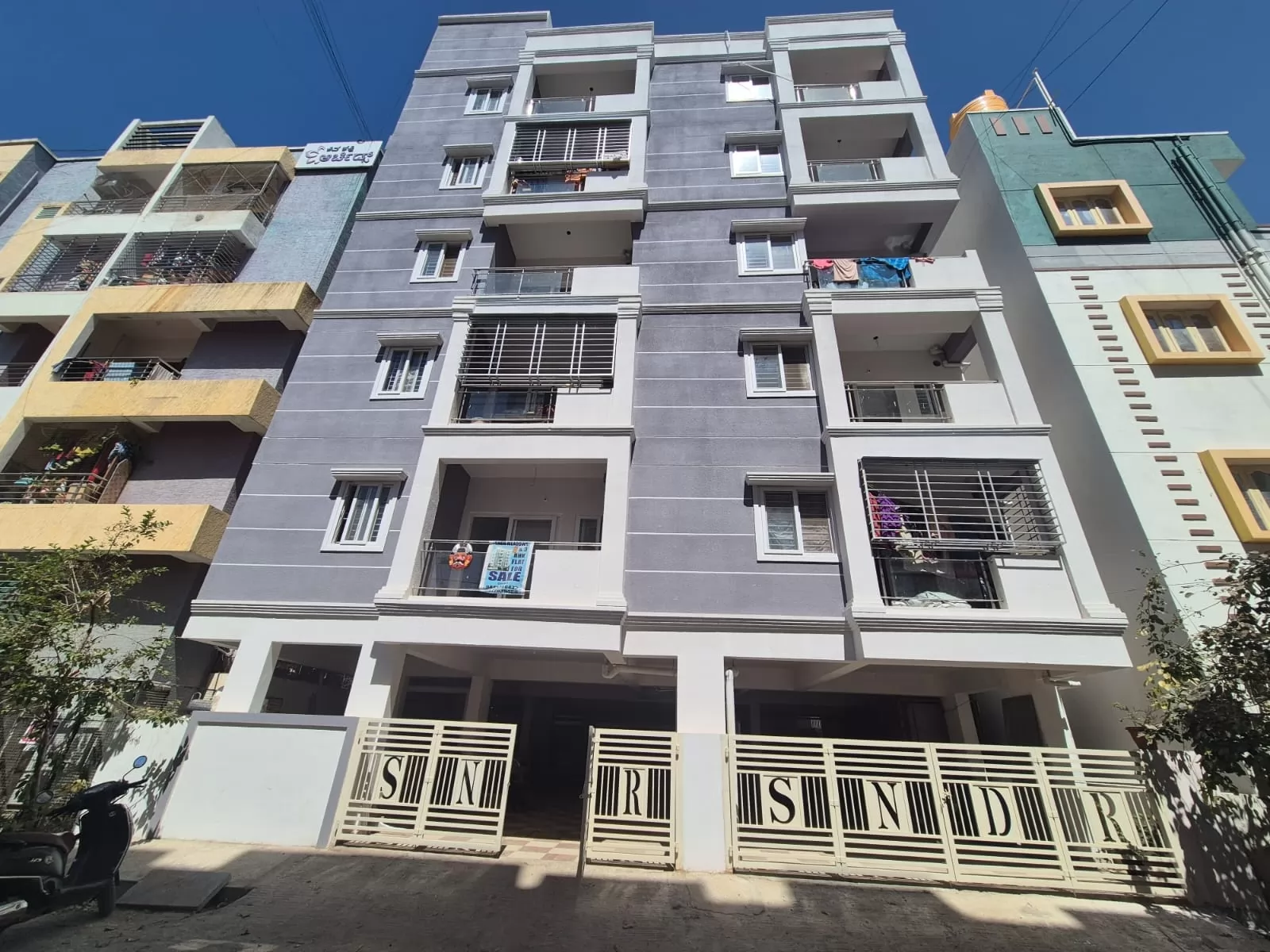Definition of Franking Charges and Their Advantages
Bricksnwall Trusted Experts

It takes a lot of study to purchase your ideal home, including investigating the area, climate, interior design, and accessibility. While often disregarded, the financial component of purchasing real estate is equally crucial. Numerous modest and large payments might make a considerable difference in the property's price. The terms "Registration Charges," "Stamp Duty," "Loan Processing Charges," "Technical Appraisal Charges," "Franking Charges," and so forth may have been mentioned during discussions with the seller. In order to prevent defaults and guarantee a seamless home-buying experience, it is critical to comprehend the meaning of these costs.
Franking Charges: What Is It?
Stamp duty is a levy that you must pay to the government in order for the acquisition of real estate to be approved. The franking charge is an additional stamp duty-related expense that most purchasers are unaware of. Stamp duty and franking costs are sometimes mistaken for one another. These two charges are typically charged concurrently, which is the main cause of this misconception. They are distinct charges, though, and we will talk about both the meaning of franking and the meaning of franking charges in this article.
Franking: What Is It?
Franking is only the act of franking an agreement.
It is a seal that certifies that stamp duty has been paid. Thus, the process of
having property documents stamped is called "franking."
Authorized organizations, including banks, offer
franking services. We can enlist the assistance of these organizations to place
a stamp or a denomination on the document in order to demonstrate its
legitimacy.
Sub-registrar offices throughout various Indian states have Franking machines installed in order to complete the Franking process.
Advantages of Franking
The use of franking machines as opposed to stamps
has various advantages. Among them are:
Lower Postage Costs: Since you only need to buy
postage once, as opposed to for each letter or package, franked mail is less
expensive to send than stamped mail. Convenience: You may quickly and easily
prepare your mail for dispatch with a franking machine, saving you a trip to
the post office. You save time and energy, which are sometimes very valuable
resources!
Efficiency: A clean, reliable impression is always produced by a well-maintained franking machine. This facilitates the accurate identification and sorting of your mail by postal workers, ensuring that it gets to its destination as soon as possible.
Why was Franking invented?
Printing the agreement on non-judicial stamp sheets was the previous method of verifying the payment of stamp duty. The government had to put an end to this method since it resulted in stamp paper scams, abuse, and forgeries.
Bank Franking Procedure
Franking must be completed at this stage, prior to
signing the paperwork, once all necessary information has been transcribed onto
a blank sheet of paper. To approach the relevant body, you or the vendor must
fill out an application with the franking details.
Not every bank is permitted to accept stamp duty.
Even yet, the authorized institutions will be limited to a specific daily
volume and will only be able to open a particular amount of documents each day.
It is crucial that you get in contact with the bank early in the day or through
a designated representative. It is advised to schedule a prior appointment with
the relevant official, as franking necessitates advance planning on the part of
the authorities.
The bank that you are using to obtain the home loan will give you the precise information and representatives about particulars.
Charges
The authority franking your documents, such as
banks and agencies, must be compensated. State governments set the amount,
which differs from state to state. Regardless of the value of the property,
some states have a flat cost. Nonetheless, the majority of states charge a fee
equal to 0.1% of the loan amount or the entire sale price of the property. Due
to the strong correlation between franking charges and stamp duty, franking
charges are typically subtracted from stamp duty, and stamp duty is amended to
incorporate them.
The Indian states' corresponding franking charges
are as follows:
Maharashtra's Franking Charges: 0.1%
In Telangana, fucking charges are 0.1%
For instance, there will be an additional Rs. 8,000
in fees associated with franking charges if you are purchasing a house valued
at Rs. 80 lakh. Now, if the franking charge has been paid, you will only be
required to pay 5.4% of the property value as stamp duty if the stamp duty in
your state is 5.5% of the value. This change won't be performed if you choose
to pay stamp duty using a different method. (The stamp duty rates are subject
to change and vary across states; the figures shown are only examples.)
Remember that most home loans do not cover stamp duty or franking costs, so be ready for this and keep it in mind when choosing a home loan vendor.
Document Franking
Printing the agreement on plain white paper is necessary when franking a document. You must take the agreement and the supporting documentation to a franking agency or an authorized bank before they are executed or signed. There, they will offer you an application form, you will pay the stamp duty charge, and a stamp will be applied to the document to indicate the amount of stamp duty paid.
How to Calculate Franking Charges
States have different franking fees. The franking costs in Telangana and Maharashtra differ as a result. Usually, it represents 0.1% of the purchase price. For example, the franking charge on a house purchased for Rs. 40 lakhs would be Rs. 4,000. Remember that the franking stamp fee is part of the stamp duty duties as well. Therefore, if the appropriate stamp duty in your state is 6.5 percent, you would have to pay 6.4 percent to the sub-office registrar's and the remaining amount to the franking authority.




